The old Gesher courtyard is a site in the Beit Shean Valley where the founders of Kibbutz Gesher first settled. During the War of Independence, the settlement was attacked and almost destroyed after the war. The kibbutz moved to its current location, and the abandoned courtyard was renovated and now serves as a heritage museum for the history of the place.
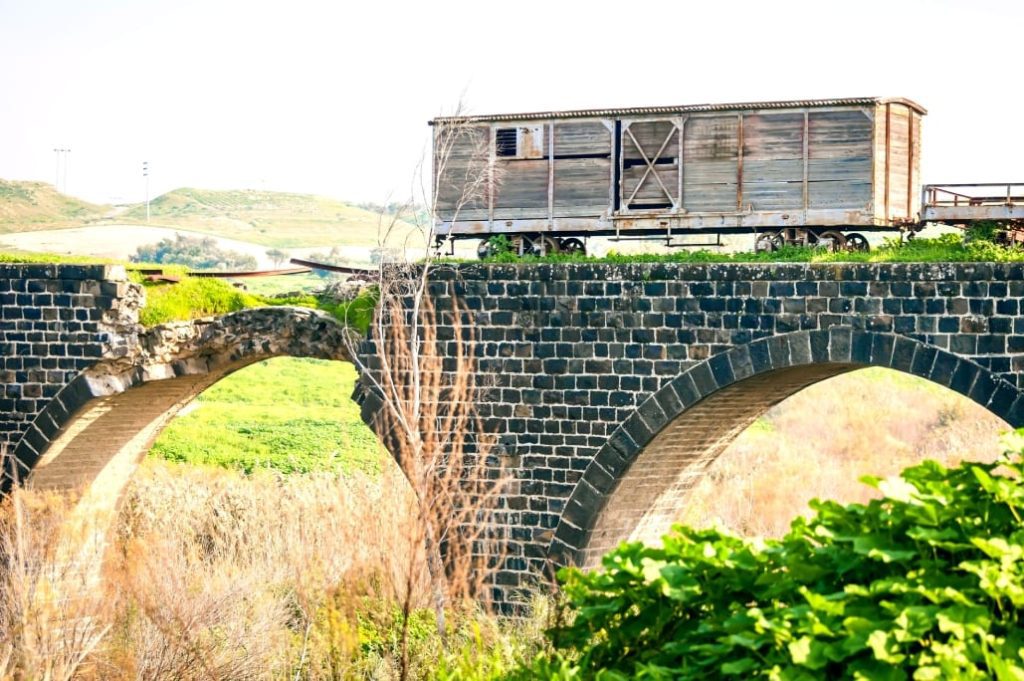
The original site was originally a khan or caravanserai built around 1365, active from the Mamluk period to the early 19th century. Situated right next to the west end of Jisr Majami (“bridge of the meeting”), it was one of the earliest khans in Galilee and was a significant crossroads Bet Shean–Damascus road.
Things to See in Old Gesher Yard
The purpose of the site is to illustrate the first days of the Jewish settlement, to deepen the acquaintance with the battle heritage of the defenders of the settlement, and to introduce visitors to the sites in the vicinity.
The place offers several historical sites in which various activities are combined. Among the things visitors can see is:
The Museum of the Battles of the War of Independence: Located in the bunker that served as the headquarters of the settlement.
A Bakery: with a historic brick oven. Currently used as a Caffe
An Old Egged Bus: now standing at Gesher’s bus station with a display on public transportation during the establishment of the settlement.
The restored Dining Room – the only structure that survived the shelling.
The Quarantine: Used as a quarantine station for animals, has been restored and is now used as a restaurant.
An Armored car: Carrying a Bren machine gun.
Naharayim Park
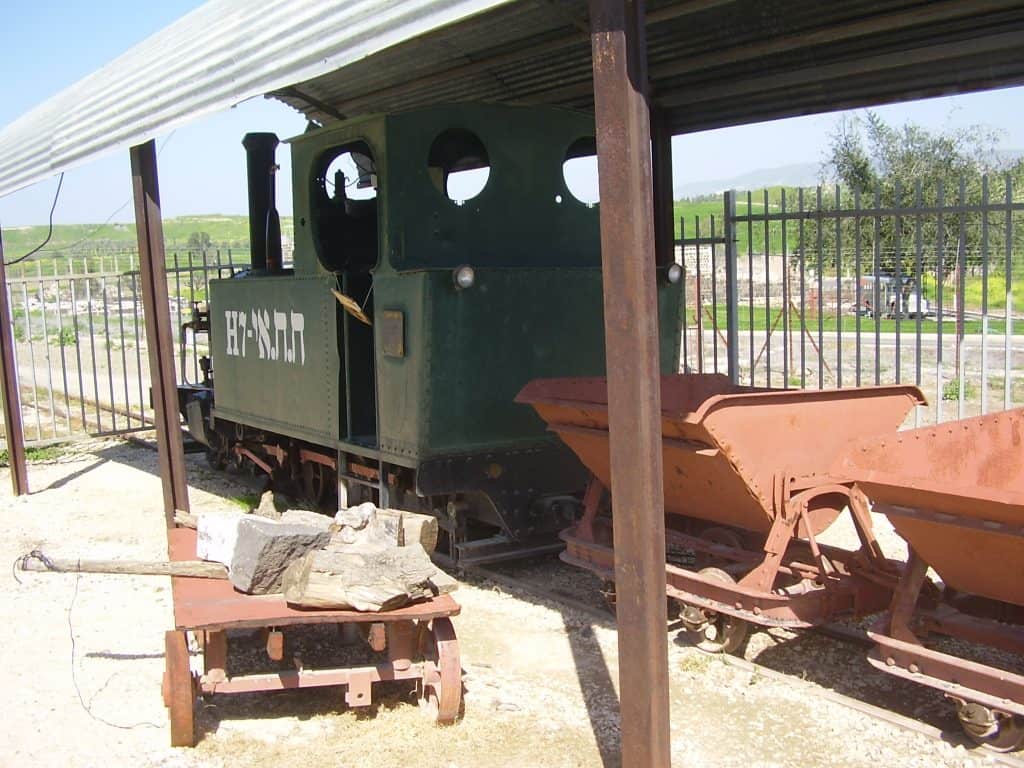
Credit: Dr. Avishai Teicher, CC BY 2.5, via Wikimedia Commons
The Steam Locomotive: Made by the Hunslet company, No. 353 PEC H7, wheel arrangement 4-6-0T, for a track with a width of 60 cm. The locomotive worked in the construction of a power station in Naharim View of the three bridges: Jasr al-Majma (Meeting Bridge, Jordan Yarmouk), the Ottoman Valley Railway Bridge (1904) and the Mandatory Road Bridge (1930)
An Audiovisual Show: that narrates and demonstrates the history of the power plant in Naharim.
A Lookout on the positions of the Jordanian army on the eastern side of the Jordan.
The restored Mamluk Khan – from the 14th century, was designed to protect Jasr al-Majma.
A tower and a large yard. At the bottom of the tower is a remote water system.
The (restored) Customs House: Part of the Jordan crossings complex.
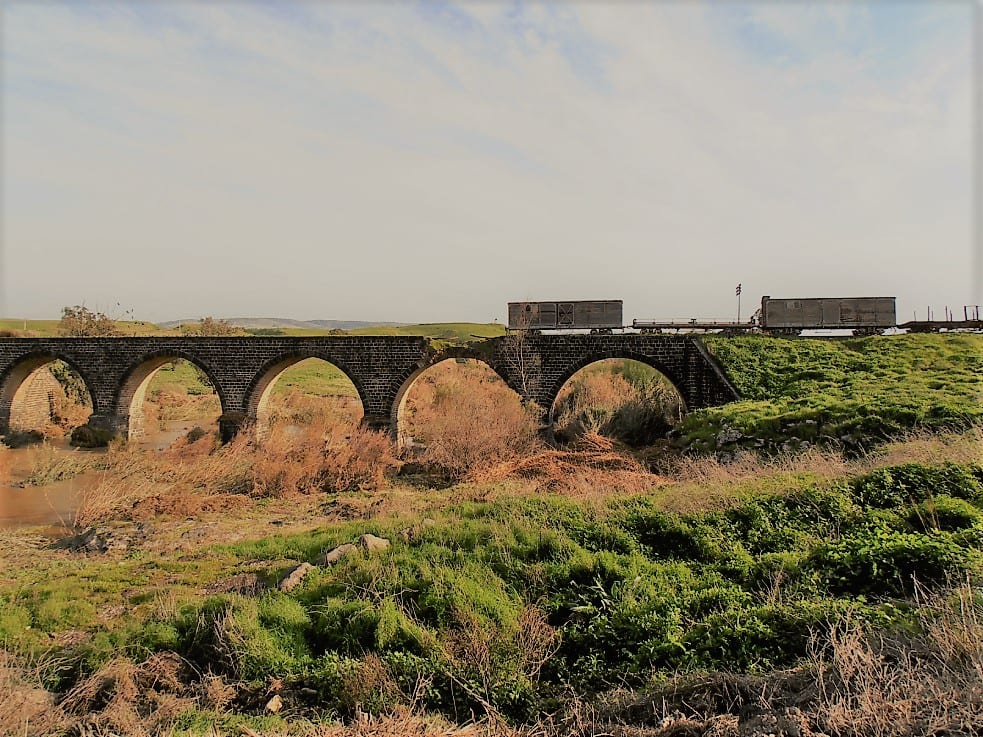
There are three bridges at the site – a Byzantine stone bridge (the above-mentioned Jisr el-Majami); an Ottoman railroad bridge serving the Haifa-Dera’a segment of the Hejaz Railway, and a British Mandate road bridge serving the Haifa-Baghdad highway. The kibbutz was founded in 1939 on lands bought with the help of Edmond de Rothschild by a group of Yishuv Jews (Palestinian Jews), who were members of the youth movement HaNo’ar HaOved, and a group of young Jewish refugees from Germany.
Later, more Jewish immigrants from Poland, Germany, Austria, and additional Palestinian Jews were joined. The kibbutz grew up near the Naharayim bridge as a Tower and stockade settlement. On 27 April 1948, the Haganah took control of the Gesher police station, a Tegart fort evacuated by the British. The Arab Legion, still under British control, ordered them to evacuate it. Haganah refused and both troops exchanged fire for 3 days until the Arab Legion was ordered by his HQ to return to their barracks.
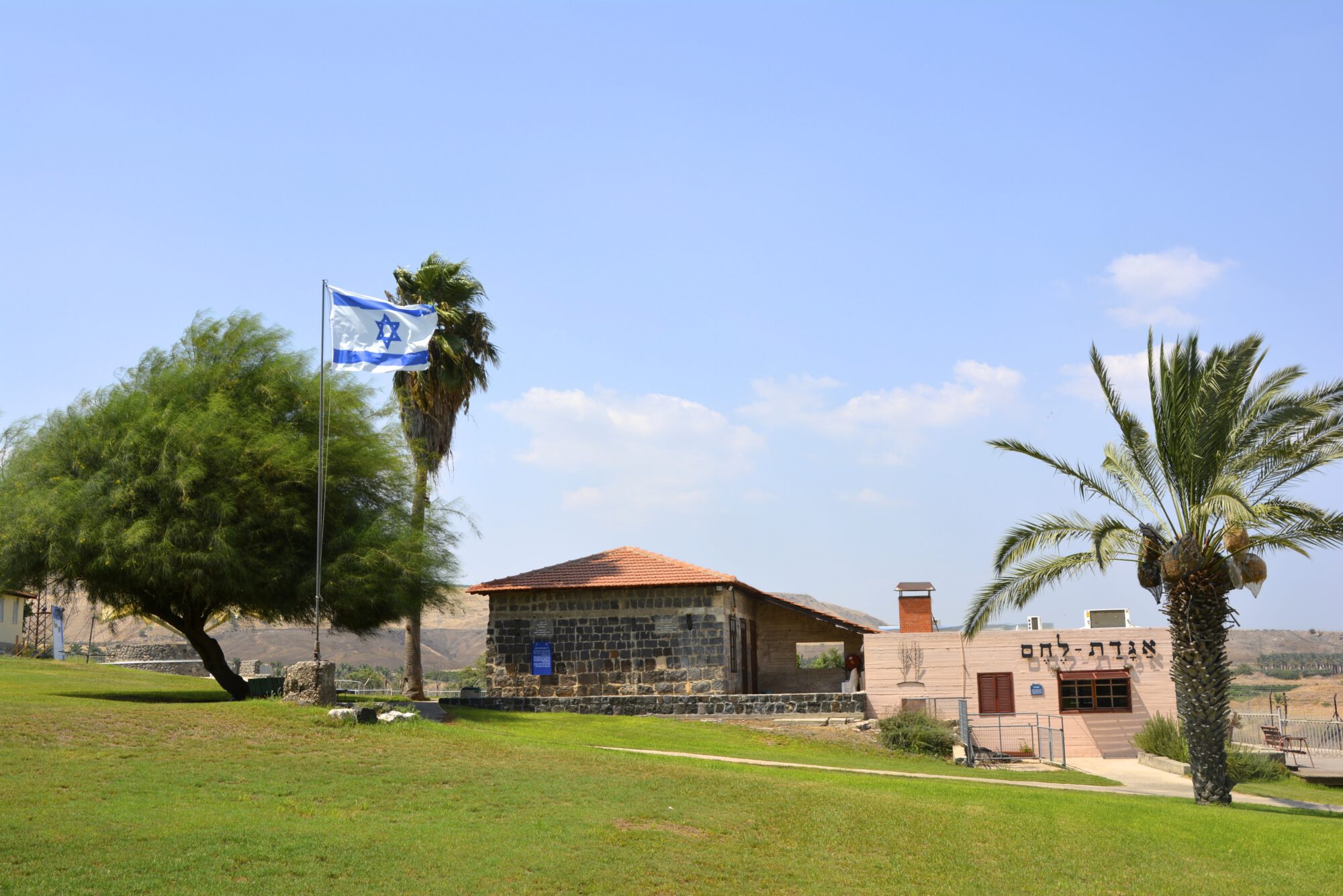
The Events That Lead to Abandoned The Site
In April–May 1948, 50 children of the kibbutz were evacuated to a 19th-century French monastery on the grounds of Rambam hospital in the Bat Galim neighborhood of Haifa, where they lived for 22 months. The building had been empty since 1933, when the Carmelite nuns had moved into their new monastery on the French Carmel.
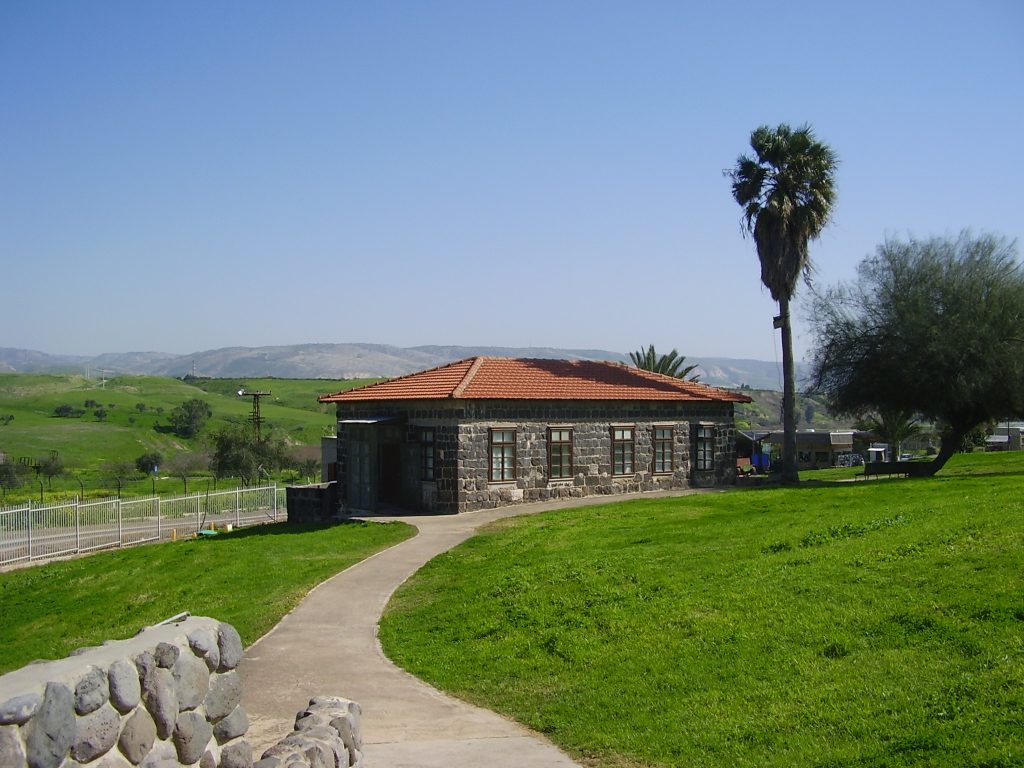
For seven days, beginning on May 15, 1948, the kibbutz and Tegart fort were attacked by Iraqi forces using armored cars and aerial bombing. The defenders repulsed the Iraqis, inflicting heavy losses, but the kibbutz was destroyed during combat. After the peace agreement between Israel and the Kingdom of Jordan, the kibbutz established a museum on the original site of the kibbutz that documents the history of Gesher and the Jewish-run power station of Naharayim.







